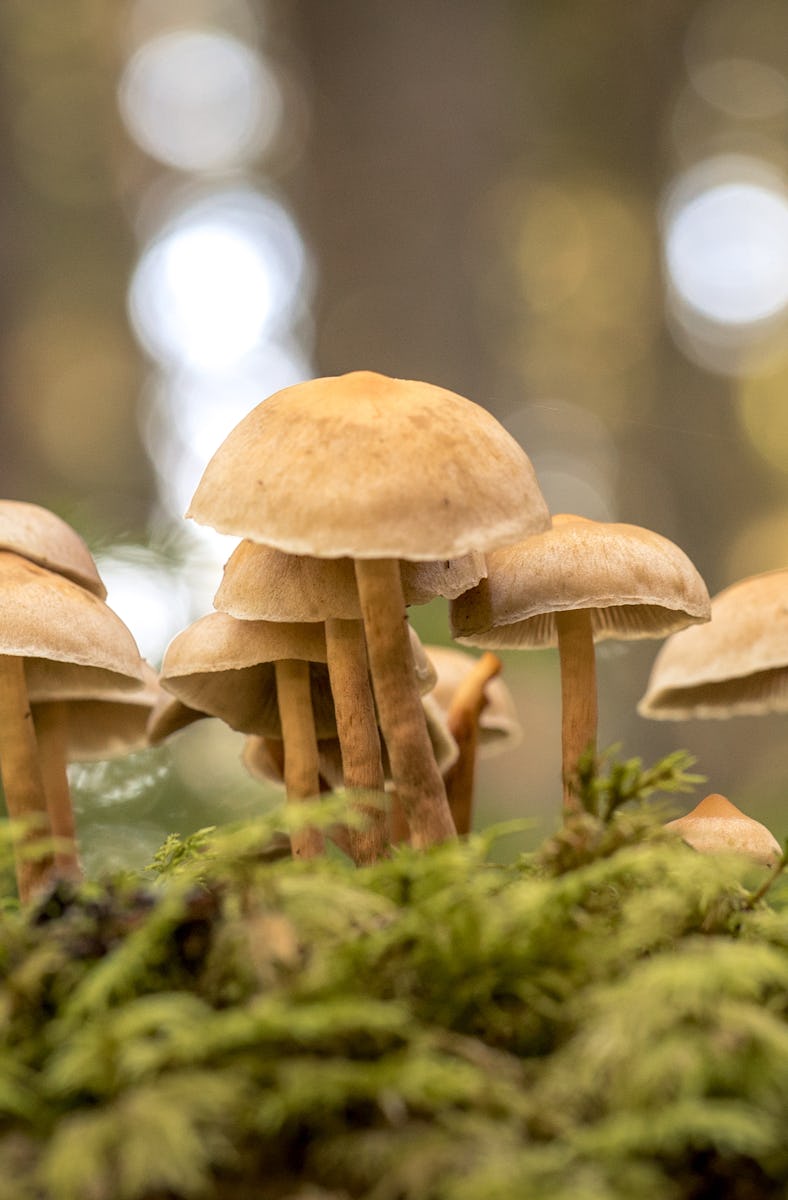Huge Underground Networks of an Unlikely Organism Are a Natural Carbon Superhighway
Fungi may hold surprising data that we’ll need in the fight against climate change.

One of the oldest evolutionary relationships on planet Earth is also the least understood: the connection between plants and fungi. Specifically, we’re talking about mycorrhizal fungi, which have lived below ground in the soil and attached to the roots of plants for 400 million years.
Up to 90 percent of terrestrial plants have such a relationship with these fungi, which exchange nutrients and water between plants using thread-like networks called mycelium — though the extent of this plant-fungi network has been disputed in recent years.
A video shows how carbon — lit up by fluorescence — flows within mycorrhizal fungi.
Mycorrhizal fungi likely play an important mechanism in the global carbon cycle, which is how Earth recycles carbon between the atmosphere, the ocean, soil, rocks, and living organisms. We just haven’t had the data to quantify fungi’s unique role in the carbon cycle — until now.
New scientific research on mycorrhizal fungi fills in that crucial carbon data gap and could help update our carbon models — a key tool in the age of the climate crisis. The study’s findings were published Monday in the journal Current Biology.
What Fungi Do For Carbon
By analyzing nearly 200 datasets on mycorrhizal fungi from more than 60 peer-reviewed scientific papers and reviewing global vegetation maps, researchers were able to put together a big-picture overview — the first quantitative analysis of fungi to global soil carbon pools.
Their key finding: mycorrhizal fungi are responsible for allocating or transporting as much as 13 gigatons of carbon dioxide from plants. That’s a “vast amount of carbon” according to Katie Field, study co-author and a professor of plant-soil processes at the University of Sheffield.
To put that statistic into perspective: 13 gigatons is the equivalent of 36 percent of annual global emissions from fossil fuels.
Mycorrhizal fungi networks are responsible for the transport of “vast amounts” of carbon, according to new research published in Current Biology.
We can think of fungi as the stepping stone for carbon to get from trees to soil. Without fungi, we’d be in big trouble, but they’ve largely been overlooked by scientific research in favor of above-ground plants.
“This is largely because these incredible organisms exist as underground thread-like networks that are — for the most part — invisible to the naked eye,” Field tells Inverse.
The Role of Fungi in Climate Change
Researchers say their study focuses just on how fungi allocate or move carbon, but these findings don’t deal with carbon sequestration, which is how soil stores carbon, thereby preventing the release of carbon dioxide into the atmosphere — a key cause of global warming. The carbon that gets sent from plants to fungi may not be permanently stored in the soil but could wind up back in the atmosphere.
But researchers say their work is still valuable for scientists studying the global carbon cycle. Climate scientists rely on global carbon models to get an accurate picture of our carbon budget — basically, how much of a greenhouse gas — like carbon dioxide — we can emit before the planet warms further. Fungi can help fill in the gaps in our current models.
“We now know that carbon allocation patterns will depend on where certain plant and fungal species occur in various ecosystems. These data will be useful to improve global carbon models,” Michael Van Nuland, study co-author and ecologist, tells Inverse.
This article was originally published on